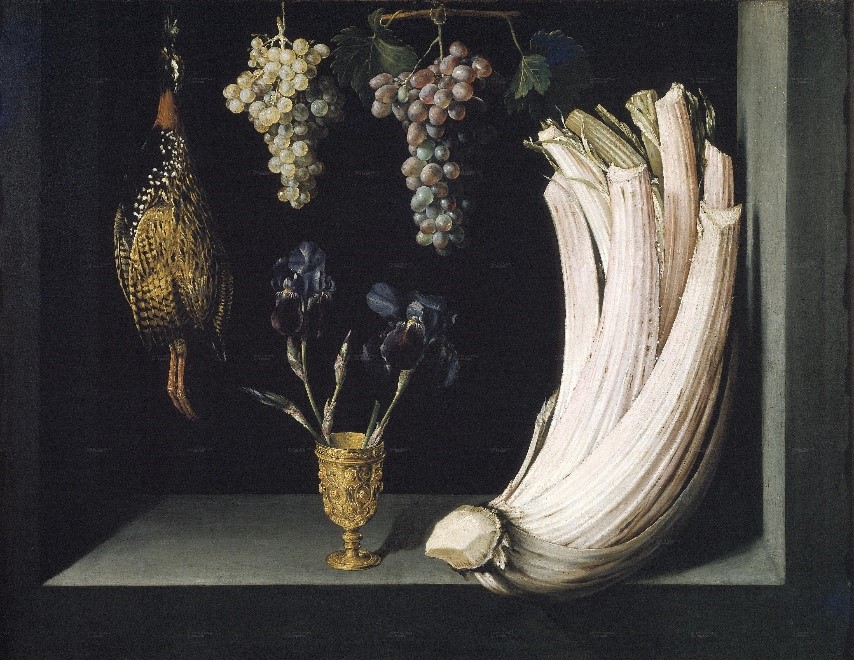Black francolin’s history reflects the historical dominance of the Crown of Aragon in the Mediterranean
The distribution of the introduced populations coincides to the Crown of Aragon in the Mediterranean in the transition from the Middle Ages to the Modern Age.

The black francolin is a partridge-sized bird, highly appreciated since ancient times, that became an object of desire for the rules of medieval Europe. It was introduced in several Mediterranean countries and was part of European biodiversity during centuries, although these populations disappeared before the 20th century. This species has starred a new study with the participation of the Doñana Biological Station – CSIC, that reveals, through genetic analyses and the review of historical documents, the origin of the Mediterranean populations of francolin. The results have been recently published in the journal Integrative Zoology.
The current distribution of the black francolin ranges from the Eastern Mediterranean to Bangladesh. In this large area there is two genetic groups, separated somewhere in the Iranian coast in the Persian Gulf. Giovanni Forcina, main author of the paper, and Filippo Barbanera have been searching in collections in Europea and North Africa for francolins for more than 15 years to analyze their genetic material and relate it with the two known groups. “The two groups appear in the historical samples of introduced populations but, surprisingly, most of the specimens analyzed belong to the eastern group”, says Forcina. These results reveal that the birds were transported from very distant places, from territories that today are part of India or Pakistan. “This is a striking fact if we take into account that the introductions began at least 800 years ago”, he points out.
In this new work, they have studied specimens conserved in German and French scientific collections that were captured in Greece and Argelia. For both areas, the information about the historical presence of francolins was scarce and unclear. Despite this fact, it was considered that the black francolin was native from these areas, and it was even suggested that there might have been a western species, now extinct. The origin of the specimens studied show that there were indeed francolins in Greece and northern Africa, but this study solves the doubts about their origin. “The results show that francolins were introduced in Greece and Argelia”, says Forcina.
The role of the Crown of Aragon
When a species has been present in a territory for a long time, it is a challenge to find out which events led to their introduction. Furthermore, when this species was introduced and became extinct in historical times. The analyses of historical documents were essential to explaining the origins of the different Mediterranean populations. Previous research had proposed that Portuguese sailors would have brought these birds from India. However, the European presence of francolin is previous to the establishment of these Portuguese trade routes. “The distribution of the francolin in the Mediterranean areas is better explained by the possessions and commercial relationships of the Crown of Aragon”, explains Miguel Clavero, a researcher at the Doñana Biological Station and co-author of the paper.
Aragon was the most important maritime power in the Mediterranean at the end of the Middle Ages and controlled the connection between Europe and the Silk Road through the ports of the Eastern Mediterranean. From Aragonese territories, the francolin would have been expanded to several places, such as Northern Africa, linked to Spanish military posts, Tuscany or Castile. “In fact, there is documentary evidence of the transport of francolins from the East to the royal gardens (Sitios Reales), to satisfy the fondness for these birds of King of Castile Philip II, who wanted to establish a breeding population”, says the researcher. The historical presence of the francolin in Spain is registered in several still lives, some of them conserved in the Museo del Prado, and the texts of Cervantes or Quevedo.
According to Miguel Clavero, this study is an example of how the distribution of fauna may respond to geopolitical patterns and commercial relationships in past times and shows how knowing the history can lead to a better understanding of biodiversity and its conservation. The results of this research work about the francolin have, in fact, direct application to biodiversity management. Currently, there are pressures to initiate a reintroduction of the black francolin in Sicily. “We know, without any doubt, that the francolin was introduced in Sicily, that’s why, althought it has disappeared, it makes no sense to work on its retrieval”, points out Giovanni Forcina. This work highlights the importance of integrating the knowledge generated from different disciplines, in the framework of ecological history, to understand the impact of past events on current biodiversity patterns.
Referencias:
Giovanni Forcina, Miguel Clavero, Marie Meister, Christina Barilaro, Monica Guerrini, Filippo Barbanera. Introduced and extinct: neglected archival specimens shed new light on the historical biogeography of an iconic avian species in the Mediterranean. Integrative Zoology. https://doi.org/10.1111/1749-4877.12801